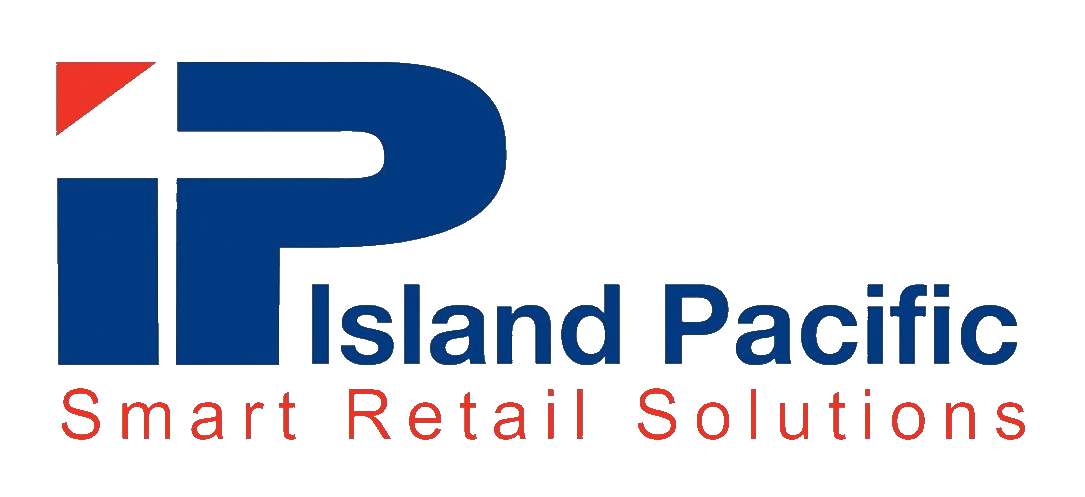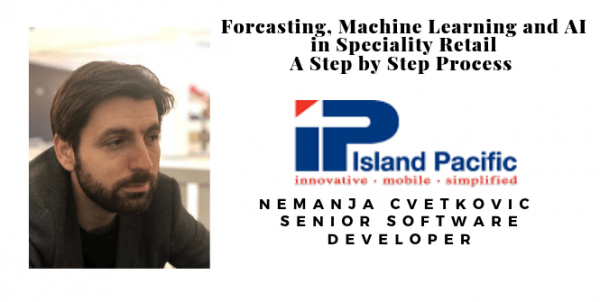Forecasting, Machine learning and AI in Speciality Retail. A step by step process.
Nemanja Cvetkovic is one of the chief architects of Island Pacific Planning Analytics, Allocation Manager, Replenishment Manager and more recently Forecast Manager. Island Pacific has spent much time and effort in the area of R&D forecasting and the nuances which can be applied for specialist retailers. In our latest blog Nemanja talks through the step by step process and how Island Pacific Forecast Manager can be employed to assist users during the forecasting process.
Step 1 – Determine Forecast Horizon
Step one would be to determine the forecast horizon. i.e. the time period which you wish to review. It would also need to include a ‘Holdout period’ which essentially is a period that has already happened. The “Holdout period” will work as a comparison to test the forecast accuracy.
Step 2 – Select & Run Forecast Model ‘Training Analysis’
This is where the user selects a model / algorithm based on the forecast type that is required, parameters can be tweaked based on the criteria they are reviewing.
Users can look at historical data to find patterns, using standard models like the following
· ARIMA
· ARTXP
· Exponential smoothing
Users also have the option to input different parameters for each model
Step 3 – Forecast Holdout Period
Using the holdout period as a reference tool, users can then determine the different model’s historical accuracy.
Step 4 – Compare Forecast Values with Actual Values
The aim here, is to compare forecast values with actual values to detect how different the models are and create error messages.
a. Mean Absolute Error (MAE)
b. Mean Absolute Percent Error (MAPE)
c. Root Mean Squared Error (RMSE)
Step 5 – Review Model and Select Lowest Error Model
Review and select the lowest error model.
Step 6 – Use Selected Model and Apply to All Data
Use the selected model and apply to all data, including the holdout period to generate forecast for the horizon.
Step 7 – Run “What- If” scenarios
Apply the “what-if” scenarios you wish to run with the data for example
· Increase or decrease price point
· Impact of promotions
Interested in Machine Learning & AI Tools?
In summary if you are specialist retailer looking for an AI solution Island Pacific Forecast Manager can help
· Provides simple user interface so users can easily determine:
o What to forecast
o What period / horizon
o Which history to use
· Its designed to lean on ‘user thought process’. By feeding data into the system which can leverage established retail statistical methods and more modern data mining capabilities via analytics.
· Enables accuracy of forecasting and comparisons. At the end of the process, we collate results from different models and forecasting approaches, calculating the divergence from actual results in ‘holdout period’ so that we use the most accurate forecast going forward.
· Easily integrated. Forecast results can then be fed into all elements of retail operations, from allocation and replenishment to strategic planning and everything in between (i.e. assortments, line cards, WSSIs, KPI dashboard etc.)

